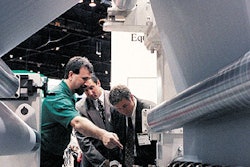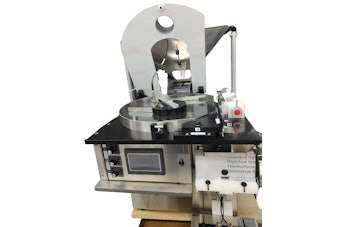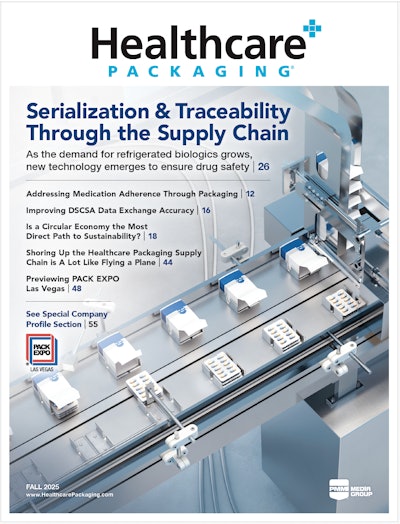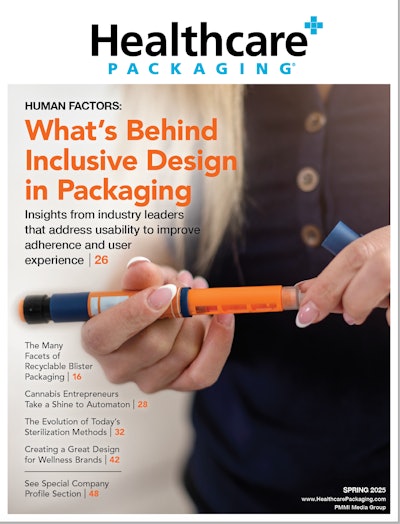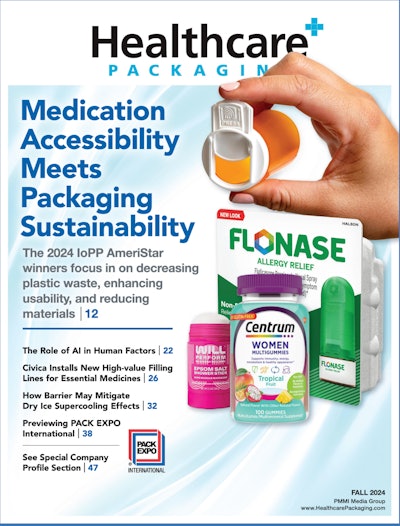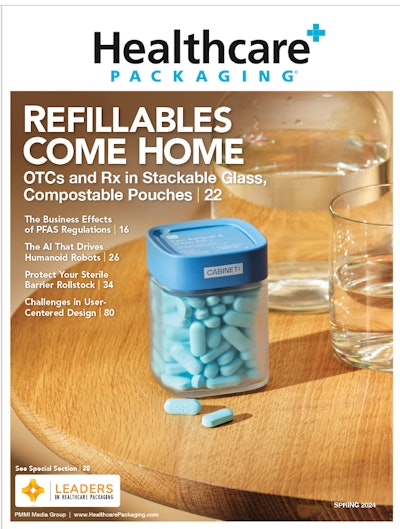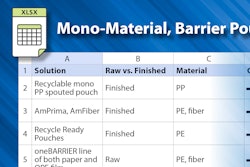• Micro-needles. Embedded in a patch, micro-needles are applied to the skin where they can inject a drug or release it slowly over time. The needles are about as long as the width of a hair and cannot be seen or felt.
• PassPort patch. Developed by Altea, the PassPort patch, which contains a reservoir of the drug, uses thermal energy to create a micro-pore channel in the skin's surface. A handheld device is applied to the patch, delivering an electrical current that ablates the skin's surface.
Sound like something out of a science-fiction movie? It may only be a few years before treatments like this become a reality. Eric Tomlinson, CEO of Altea, envisions each PassPort patch being packaged in a metallic woven foil pouch, much the same as transdermal patches currently on the market. Micro-needle patches will also be packaged in individual pouches made of a polyethylene and aluminum laminate to prevent oxygen permeation and drug loss.
Secondary packaging will require more forethought to protect the brittle needles. If the needle loses its sharpness, it can't make a pathway into the skin, explains Dr. Jung-Hwan Park, who has been involved in the development of micro-needles at Georgia Institute of Technology. The pouches will be stored in a hard plastic case made of polyethylene or polypropylene. As with syringes, the packaging should not only protect the needles but aid in their disposal to avoid accidental needle sticks.
It may be several years before doctors prescribe these patches, but it isn't too soon to consider the impact new drug delivery technologies such as these will have on your businessand your packaging operations.
--By Kassandra Kania
Kassandra Kania is a freelance writer based in Charlotte, NC. She has covered healthcare packaging for several years, most recently as a trade publication editor.



